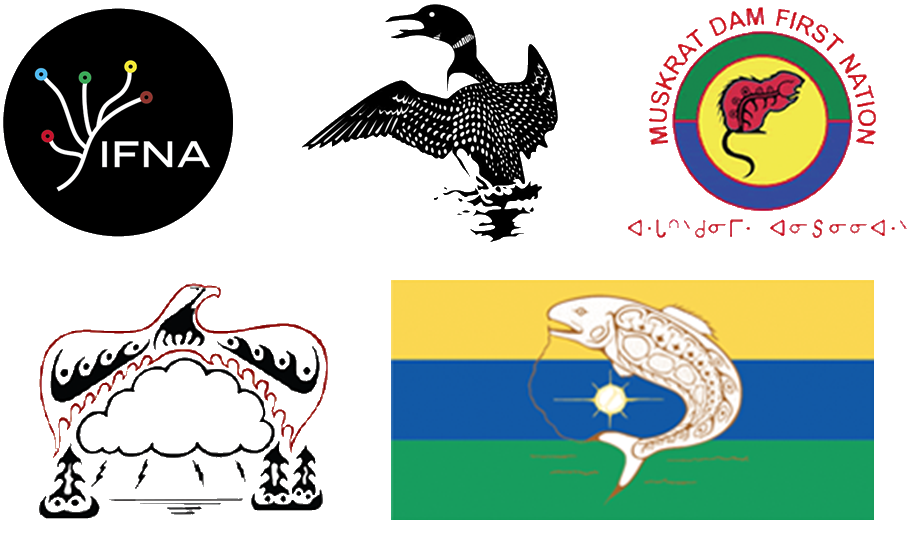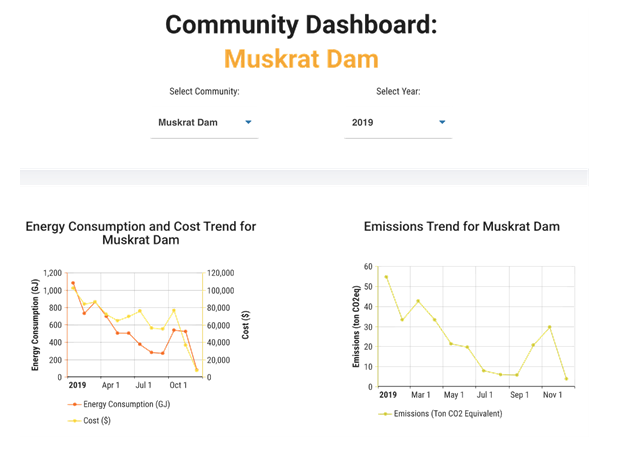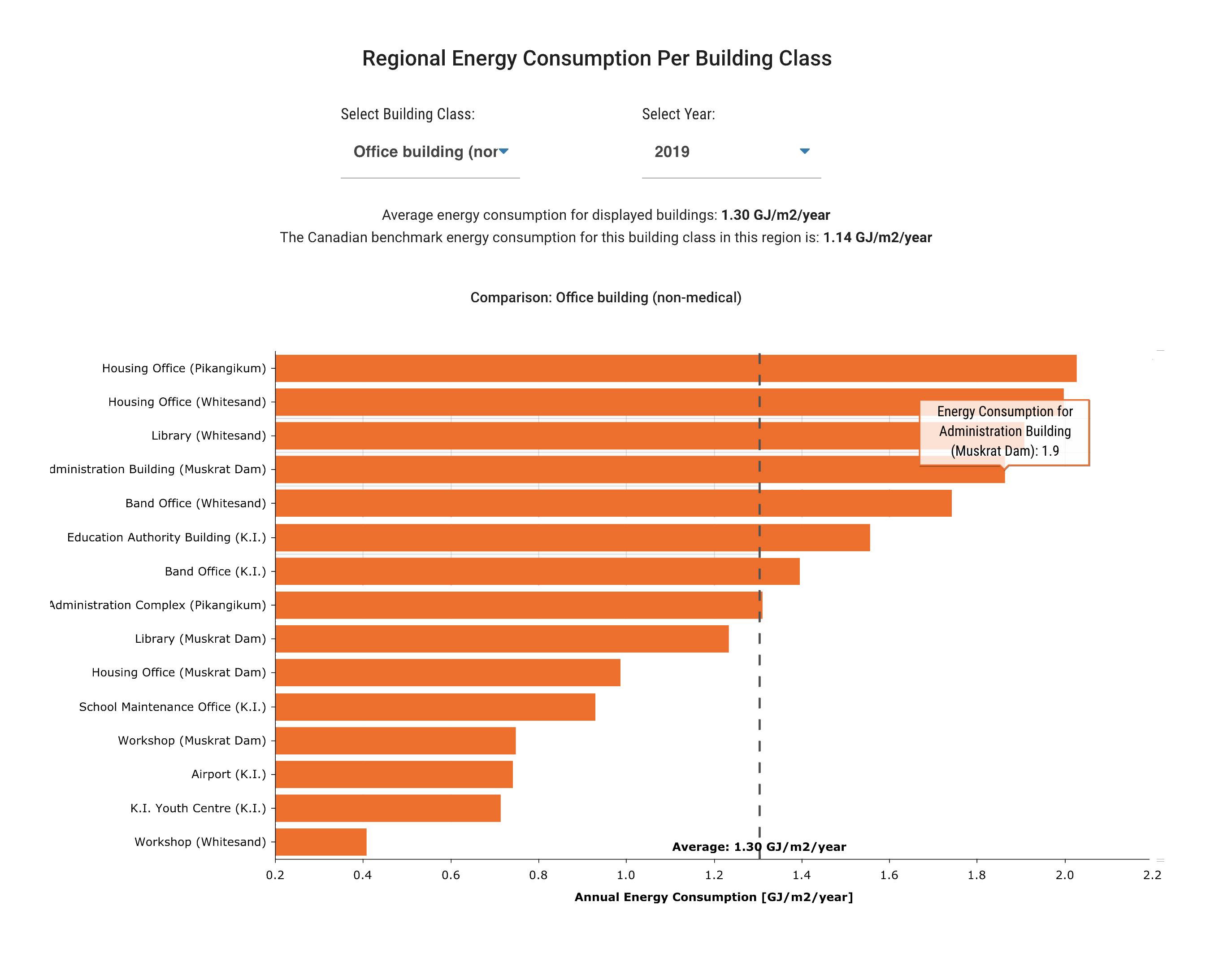Understanding the Community:
A key aspect of the process is to develop a relationship that will help better understand the community and its needs. What does the community want and/or need to see as an outcome? What helps better assess project opportunities?
Getting information:
Gathering the required building, energy and other information is not a standard process and varies among communities. Similar to the exiting Community Energy Plan process, this step requires active participation from key community members and energy suppliers to create an adequate process to obtain this information.
Work with us:
The only way the platform will be beneficial to communities is ensuring that the outcomes are identified collectively. Furthermore, the platform requires that related community updates are considered to maintain its relevance; hence a key person responsible at the community is indispensable
Plan ahead:
As different energy efficiency, renewable energy and other technologies are implemented in your community; it will be required to have an integrated view of what is going on. Furthermore, more opportunities to simplify, automate, and collect the required information will help communities make decision with the most relevant and up-to-date information








